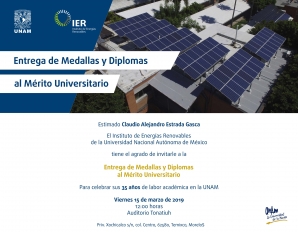Omar Álvareza, Armando Rojas, Arturo Barba, Camilo A. Arancibia, Jorge Álvarez, Dulce V. Melo, Carlos E. Arreola
Abstract
This study investigates the phase transformations that can occur in an austenitic stainless steel (AISI 316) by demonstrating the appearance of δ-ferrite that is obtained in the initial heating cycles using Concentrated Solar Irradiation (CSI) at magnitudes needed to obtain the operational temperatures of central tower systems. Four AISI 316 stainless steel specimens cut from one single initial piece, were exposed to CSI in the Horno Solar de Alto Flujo Radiativo at the Universidad Nacional Autónoma de México to perform the thermal cycles. AISI 316 stainless steel is fully austenitic and is selected because it is reportedly one of the cheaper material used in CSI receivers. Monotonic tensile strength tests were performed, and it is assumed that there is no relevant effect on the mechanical behavior for the reported experiment. Phase transformations were characterized using optical microscopy, X-ray diffraction and by scanning electron microscopy analysis with an energy-dispersive X-ray spectroscopy. The appearance of δ-ferrite phase was the principal difference between CSI treated specimens, a non-treated specimen and one specimen heated by conventional method. Concentrated UV irradiation from the solar spectrum on Earth surface demonstrated to have the potential to obtain the phase transformation at a temperature near 630 °C.
Effects of concentrated solar irradiation on allotropic transformations of AISI 316 stainless steel

